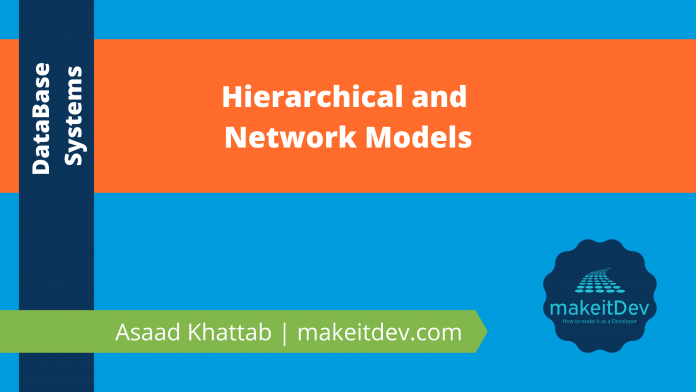For Day 10 of #66DaysofData:
I was reading about the Evolution of Data Models in the book DataBase Systems: Design, implementation, & Management by Carlos Coronel.
More specifically I read about the second generation (1960’s – 1970’s) models: Hierarchical and Network Models.
- Hierarchical Model: An early database model whose basic concepts and characteristics formed the basis for subsequent database development. This model is based on an upside-down structure in which each record is called a segment. The top record is the root segment. Each Segment has a 1:M relationship to the segment directly below it.
- Segment: In the hierarchical data model, the equivalent of a file system’s record type.
- Network model: An early data model that represented data as a collection of record types in 1:M relationships.
- Schema: A logical grouping of database objects, such as tables, indexes, views and queries, that are related to each other. The conceptual organization of the entire database as viewed by the database administrator.
- Subschema: The portion of the database that interacts with application programs.
- Data Manipulation Language ( DML): The set of commands that allows an end user to manipulate the data in the database, such as SELECT, INSERT, UPDATE, DELETE, COMMIT, AND ROLLBACK.
- Data Definition Language (DDL): The language that allows a database administrator to define the database structure, schema, and subschema.
In the 1980’s the relational data model replaced the hierarchical and network models because of its disadvantages and the lack of ad hoc query capabilities.



















